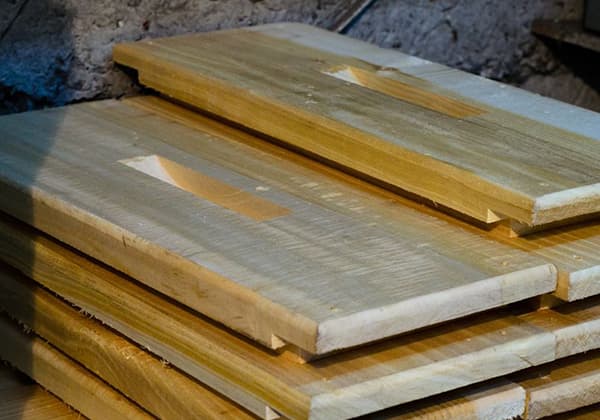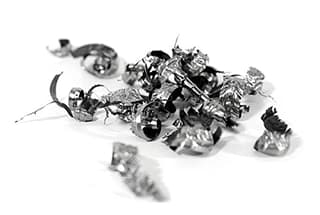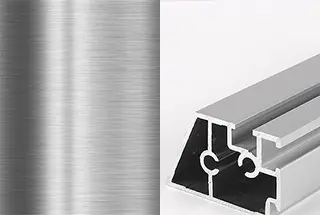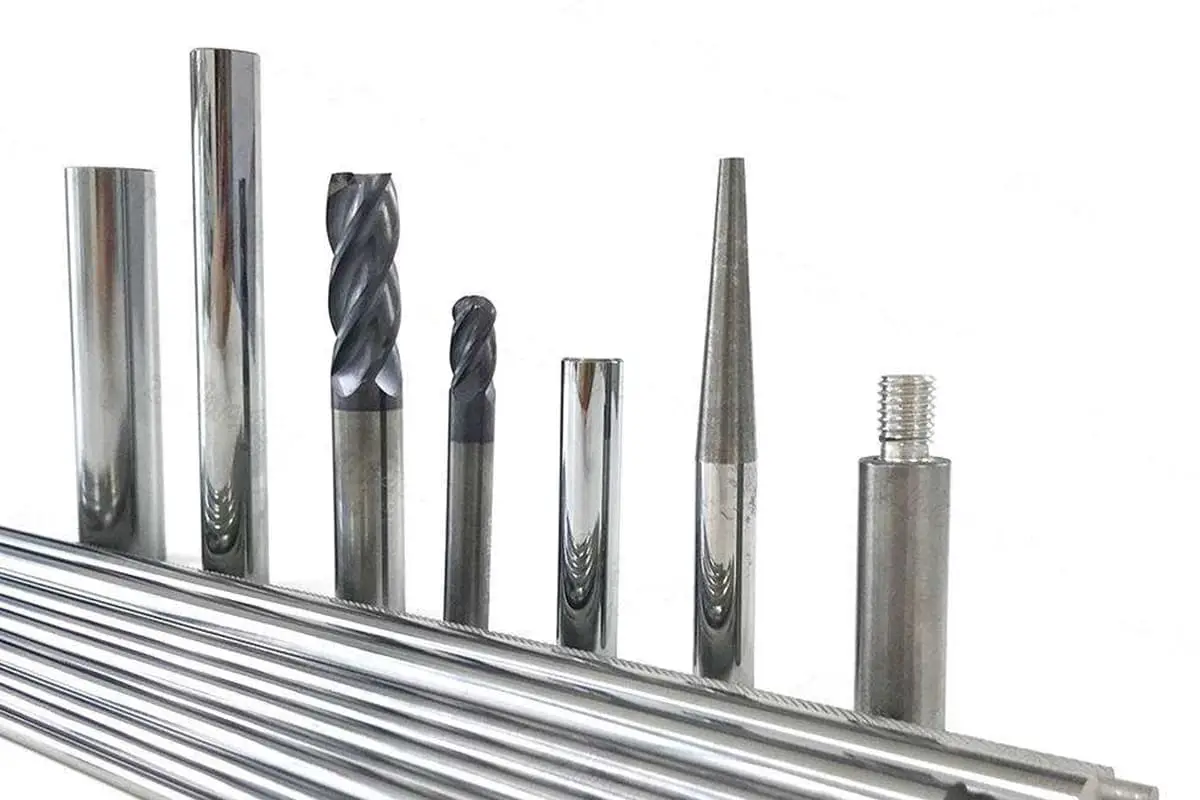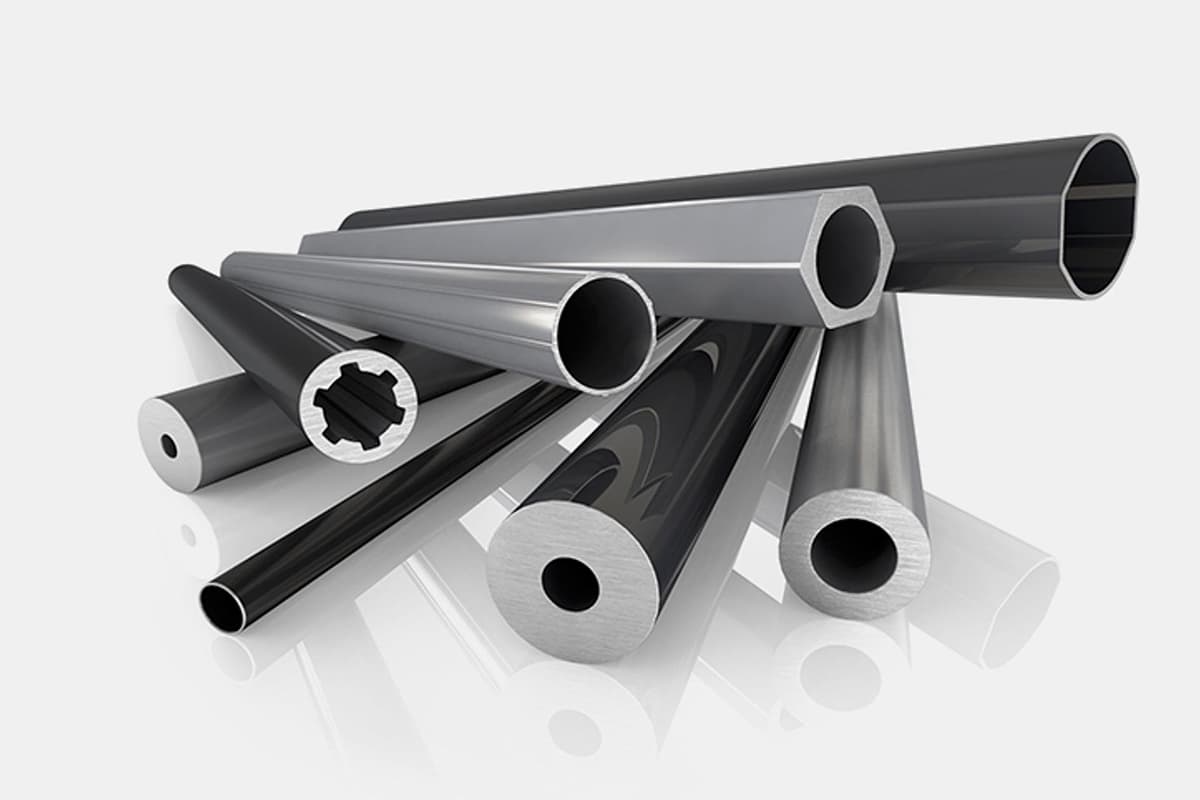
Why is choosing between alloy steel and carbon steel crucial for your next project? This article breaks down their differences, highlighting key factors like composition, strength, and usage. Discover which steel type offers the best performance for your needs, ensuring durability and cost-efficiency in your applications. Learn how these materials can impact your engineering decisions and what benefits each type brings to various industries. Dive into the specifics to make an informed choice for your next venture.

The primary raw material for iron smelting is iron ore, which consists mainly of Fe2O3. Coke is the second raw material used in ironmaking.
During the ironmaking process, some of the coke is left in the molten iron, resulting in carbon being present in the molten iron.
The production of iron and steel involves transforming iron ore into pig iron, which is then used as a raw material for making steel.
The process of steelmaking primarily involves removing carbon, although it cannot be entirely eliminated.

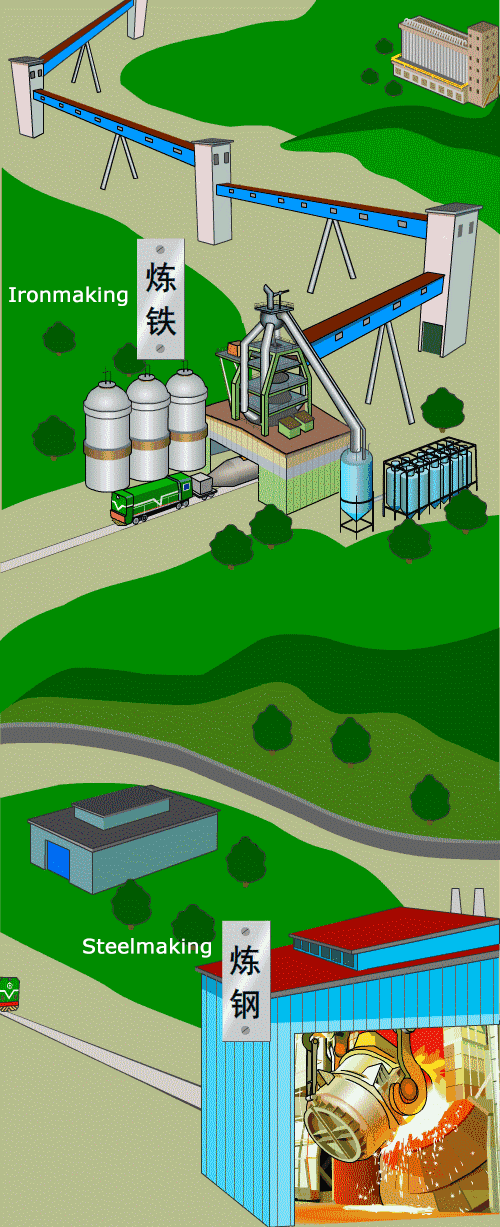
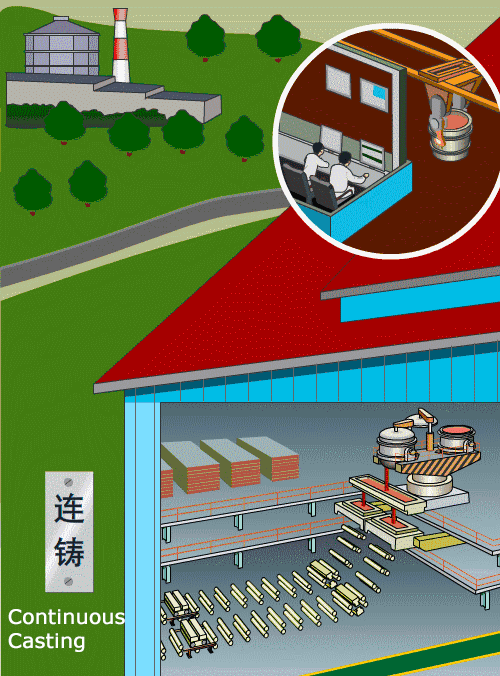
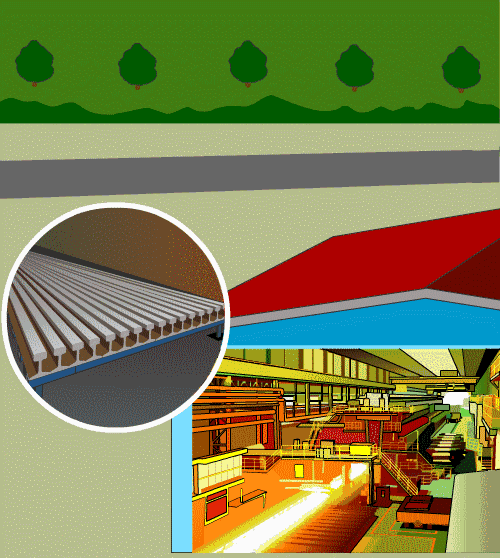
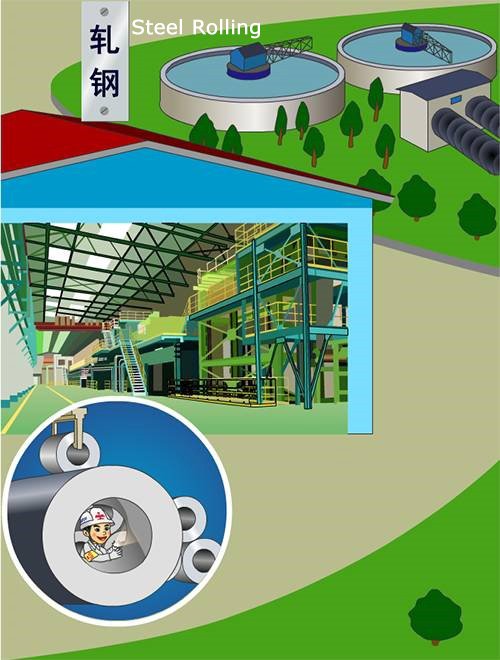

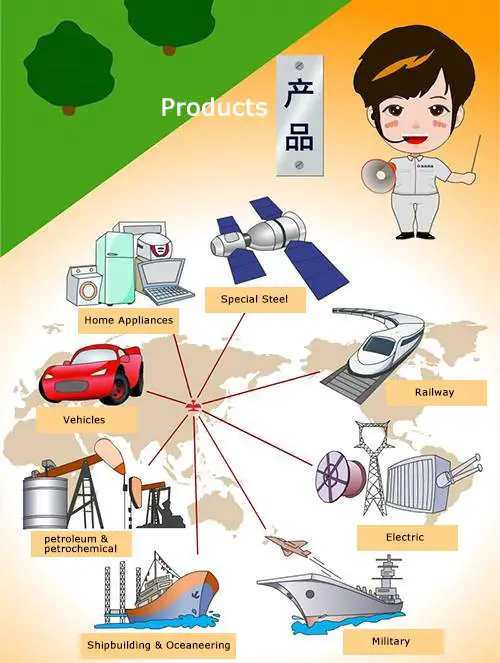
Steel requires a specific amount of carbon to achieve optimal performance. To enhance its properties, certain alloying elements need to be added after smelting the carbon steel.
Pig iron (cast iron) – 2.0-4.5% C;
Steel (carbon steel) – 0.05-2.0% C;
Wrought iron (pure iron) – C content less than 0.05%;
Iron ore → pig iron → steel.
Steel is an alloy composed of iron, carbon (C), silicon (Si), manganese (Mn), phosphorus (P), sulfur (S), and trace amounts of other elements. The mechanical properties of steel are greatly influenced by its carbon content, making it a type of iron-carbon alloy. Therefore, steel is the most significant and essential metal material in engineering technology.

Carbon steel refers to an iron-carbon alloy containing less than 2% carbon and small amounts of silicon, manganese, phosphorus, sulfur, and other impurities.
In industrial applications, the carbon content of carbon steel generally does not exceed 1.4% due to the steel becoming excessively hard and brittle, making it difficult to process and decreasing its production and utility value.
Carbon steel can be divided into ordinary carbon structural steel and high-quality carbon structural steel based on its quality.
High-quality carbon structural steel has a lower allowable content of sulfur and phosphorus than ordinary carbon steel, resulting in better comprehensive mechanical properties.
Based on its carbon content, carbon steel can be classified as low carbon steel, medium carbon steel, and high carbon steel.
As the carbon content increases, the hardness of carbon steel increases while the toughness decreases.

In order to enhance the properties of steel, alloy elements are added to carbon steel during the smelting process, resulting in the creation of alloy steel. Common types of alloy steel include chromium steel, manganese steel, chromium-manganese steel, chromium-nickel steel, among others.
Alloy steel, also known as special steel, possesses unique properties, including high hardness, wear resistance, toughness, and corrosion resistance.
Alloying elements commonly added to steel include Si, W, Mn, Cr, Ni, Mo, V, Ti, and others.
According to the total content of alloy elements, it can be divided into:
Alloy steel is classified by use:
The difference between carbon steel and alloy steel is as follows:
Carbon steel is the main alloy additive in steel.
Alloy steel is used to remove carbon from steel and other metals or materials to improve performance.
Carbon steel is classified according to the amount of carbon content in the steel.
The four main categories are low carbon steel and low carbon steel, medium carbon steel, high carbon steel, and ultra high carbon steel.
0.16-0.29% carbon in carbon steel.
These forms of steel are commonly used because they are relatively low cost and provide acceptable material properties for many applications.
They are ductile, not brittle, and can be further strengthened by carburizing, which increases their surface hardness.
Carbon steel in the alloy typically contains 0.30-0.59% carbon, striking a balance between ductility and strength, and exhibiting good wear resistance.
These steels are commonly used in forging and for manufacturing large industrial and automotive parts.
0.6-0.99% carbon in carbon steel
Ultra-high carbon steel, which contains approximately 1-2% carbon, is known for its exceptional strength and is frequently utilized in the manufacturing of springs and high-strength steel wires.
These types of steels can be tempered to attain substantial hardness, making them ideal for specialized products like axles.
A carbon content of 1.2% or more in steel is typically produced through powder metallurgy.
Steel that has a carbon content exceeding 2% is generally classified as cast iron. Alloy steels, on the other hand, are made up of varying amounts of metals and materials that enhance their properties.
Carbon steel is a basic metal widely used in almost every industry in the world, including aerospace, aircraft, automobile, chemical industry and national defense.
Alloy steel possesses various properties that can be utilized across several fields, such as in the construction of gears, pipes, supports, and infrastructure.

